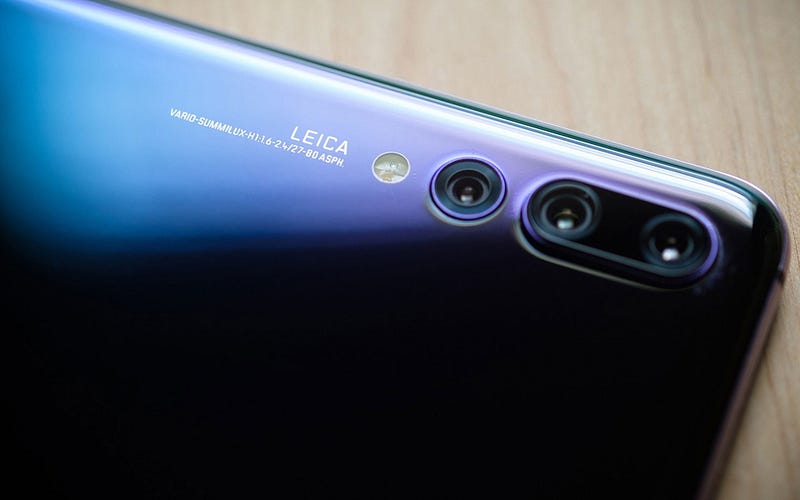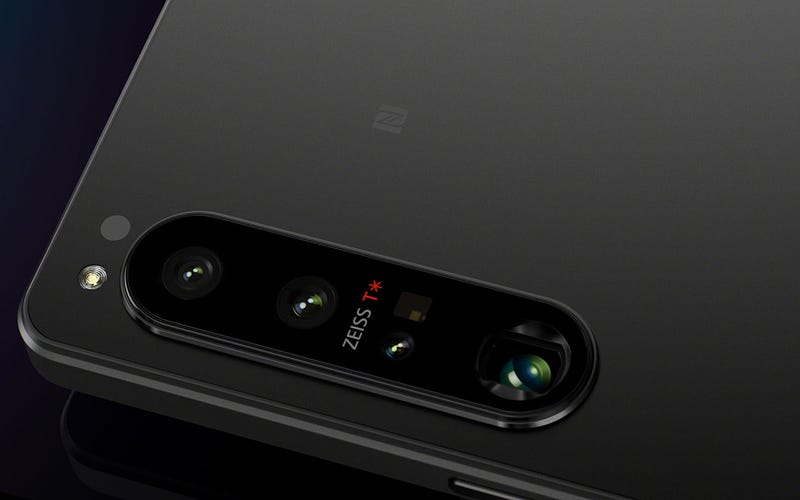Chinese Smartphone Brands' Tactics in Partnering with Photography Giants
Written on
Chapter 1: The Competitive Landscape
In the current smartphone market, competition is incredibly intense. Each year, it seems that a significant Chinese smartphone company collaborates with a well-known Western photography brand for some unclear purpose. The specifics of these partnerships often remain vague, but they are certainly a tactic employed in marketing.
This paragraph will result in an indented block of text, typically used for quoting other text.
Section 1.1: The Role of Photography in Marketing
Smartphone photography has become a critical selling point, especially for flagship devices. As a result, manufacturers are increasingly emphasizing their photographic capabilities in marketing campaigns. However, the lengths to which some companies go to assert the uniqueness of their devices can be quite striking.
Take Xiaomi, for example: the company recently revealed a long-term collaboration with the esteemed camera manufacturer Leica, aiming to enhance photography with the forthcoming Xiaomi 12 Ultra. This seems familiar, as Leica previously partnered with Huawei for several years on its P9 and P10 series. Similarly, One Plus teamed up with Hasselblad, and Oppo followed suit, both in 2021. Vivo also formed a partnership with Zeiss in 2020.

Section 1.2: A Pattern of Partnerships
Huawei was the first Chinese brand to join forces with Leica, and now this partnership has shifted to Xiaomi. The question remains: will this new alliance impress critics?
It's evident that this trend is significant, but Chinese manufacturers are not the only players in the game. Sony has similarly touted features of its Xperia 1 series smartphones as being derived from its acclaimed Alpha DSLR cameras. Interestingly, the history of leveraging partnerships for marketing isn't new; Nokia, for instance, made a splash with its Carl Zeiss optics back in 2005 with the Nokia N90, which predated the smartphone era.
Chapter 2: The Perception of Prestige
As Chinese manufacturers pursue alliances with established photography brands like Leica, Hasselblad, and Zeiss, they may believe that these collaborations enhance the credibility of their devices. This perception might hold some truth in terms of marketing impact. In contrast, the fact that Apple and Samsung do not engage in similar partnerships speaks volumes; these brands have built strong identities that don't require external validation.

Section 2.1: The Limitations of Collaborations
Despite the allure of these partnerships, they often seem to serve more as marketing gimmicks than as genuine advancements in technology. The idea of "prestige by association" is prevalent; companies may tout advancements in “color science” or “imaging techniques” developed in collaboration, yet reviewers often remain unimpressed by the outcomes.
If these partnerships were genuinely effective, we would likely see more distinct innovations in smartphone photography over time. Unfortunately, this has not been the case. Cynical journalists, including myself, can’t help but chuckle when reading about the latest collaborations between Chinese manufacturers and renowned photography brands.
While we hope these alliances lead to meaningful advancements, the reality is that there are other significant developments in mobile photography that truly matter, such as the innovations from Google and Apple in computational photography, or Sony's advancements in variable focal length. That said, we remain open to positive surprises from brands like Xiaomi, One Plus, and Vivo—let's see if they can exceed our expectations!